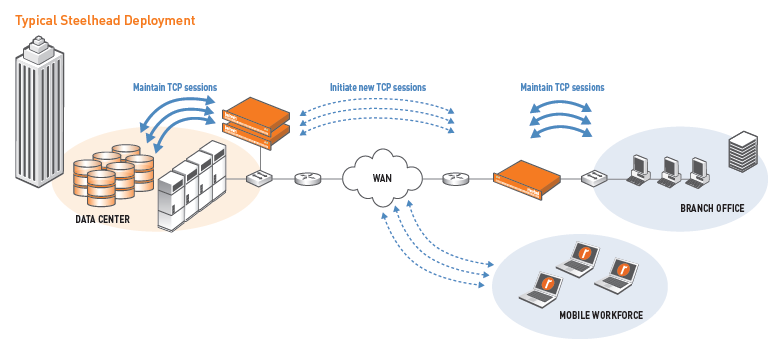Recession not so scary to Riverbed; It pays to deliver ROI

If you are a company that offers technology that can cut costs this recession may not look so bad after all. Exhibit A: Riverbed, a wide area network optimization company, that said earnings will be better than expected and announced the acquisition of Mazu Networks for $25 million.
Riverbed, best known for its Steelhead line of WAN optimization appliances (whitepapers), said its fourth quarter revenue will be between $91 million and $92 million, up 20 percent from a year ago. Fourth quarter earnings will be about 29 cents a share to 33 cents a share. Those results are propped up due to deferred taxes. Excluding that tax boost--among other items--Riverbed will report fourth quarter earnings of 18 cents to 19 cents a share.
Also see: TechRepublic's WAN optimization resources
No matter how you slice it Riverbed's results will be better than expected. In October Riverbed projected earnings of 15 cents to 17 cents a share on revenue of $87 million to $90 million.In a statement, Riverbed CEO Jerry Kennelly said that the results are largely due to ROI and products that "resonate in any economic environment."
That last point is key. What we're about to see is a distinction between technology companies that improve returns and enable cost cutting and those that don't. IBM also touched on this theme. Big Blue is seeing more services deals because companies are looking to outsourcing.
As for the Mazu acquisition, Riverbed is looking to bolster its product lineup (statement). Mazu is a privately held WAN optimization company. Riverbed plans to take Mazu's technology and add more analytics to its suite of products.
Here's what a typical Steelhead--or any other WAN device--deployment looks like (click to enlarge):
